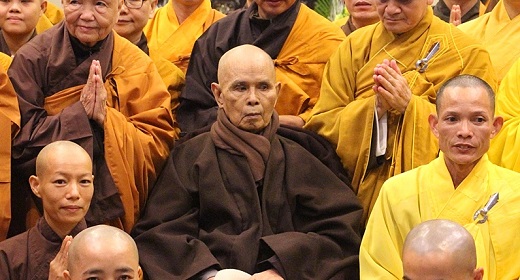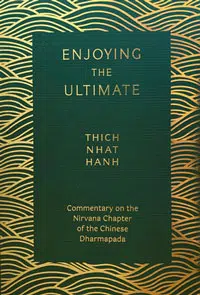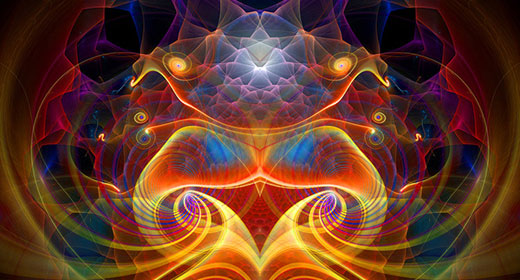by Thich Nhat Hanh: If the deer likes to be in the countryside, and the birds like to be in the sky, then the practitioner likes to be in nirvana.

We are in nirvana. The only problem is that we are not able to return to it.
In Plum Village, we use the simple example of the wave and the water. In our life as a wave, we struggle and we have fear, because we have to go up and down, to be born and die, to exist and not to exist. We can see clearly that to live the life of the wave is very difficult. But when the wave discovers it is water, then it begins to practice living as water. A wave is and is not, is up and down, is high and low, but water is utterly free. The question is: Does the wave have the ability to live its true nature as water, or must it just live as a wave? A wave can practice living its life as water.
 For Buddhists seeking perfection, the Sanskrit word “nirvana” is held as the unreachable goal. But in this definitive, direct translation of the Chinese Dharmapada by Zen Master Thich Nhat Hanh, nirvana is not what you think it is.
For Buddhists seeking perfection, the Sanskrit word “nirvana” is held as the unreachable goal. But in this definitive, direct translation of the Chinese Dharmapada by Zen Master Thich Nhat Hanh, nirvana is not what you think it is.
“Nirvana is our daily business,” Thich Nhat Hanh says. Based on talks given in his home monastery of Plum Village in France at the peak of his long teaching career, The Nirvana Chapter conveys Thich Nhat Hanh’s insights on the 36 verses on nirvana in the Chinese Dharmapada. Described there as “the absence of notions that cause suffering,” we discover that nirvana can be experienced at any time. Previously unavailable in English, these teachings on the experiential path which can help us touch nirvana are an “instant classic” for Buddhists and meditation practitioners.
With his fluency in Classical Chinese and his knowledge of Sanskrit and Pali, Thich Nhat Hanh is the perfect guide to lead the way to a new understanding of nirvana for an international audience. Through his commentary, ranging freely in his vast knowledge of Vietnamese Buddhist history, we gain a master practitioner’s view of a tradition of Zen Buddhism that has been, until now, inaccessible to Western students. We also gain insights into the elusive “space outside of space” of nirvana’s ultimate dimension.









































